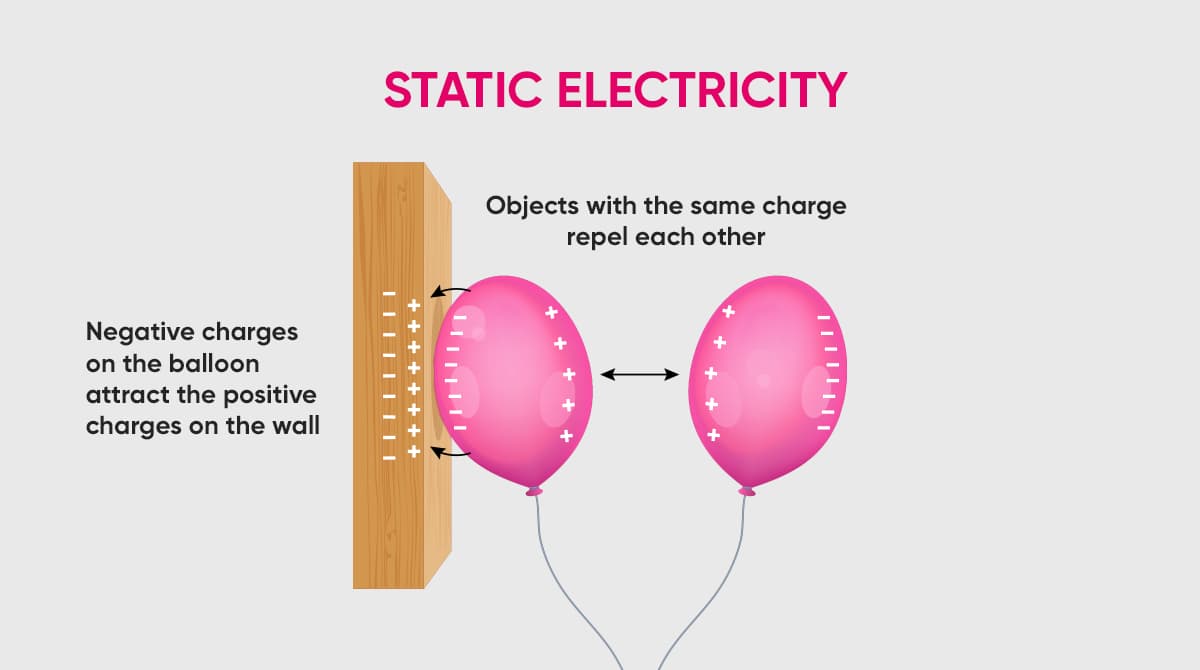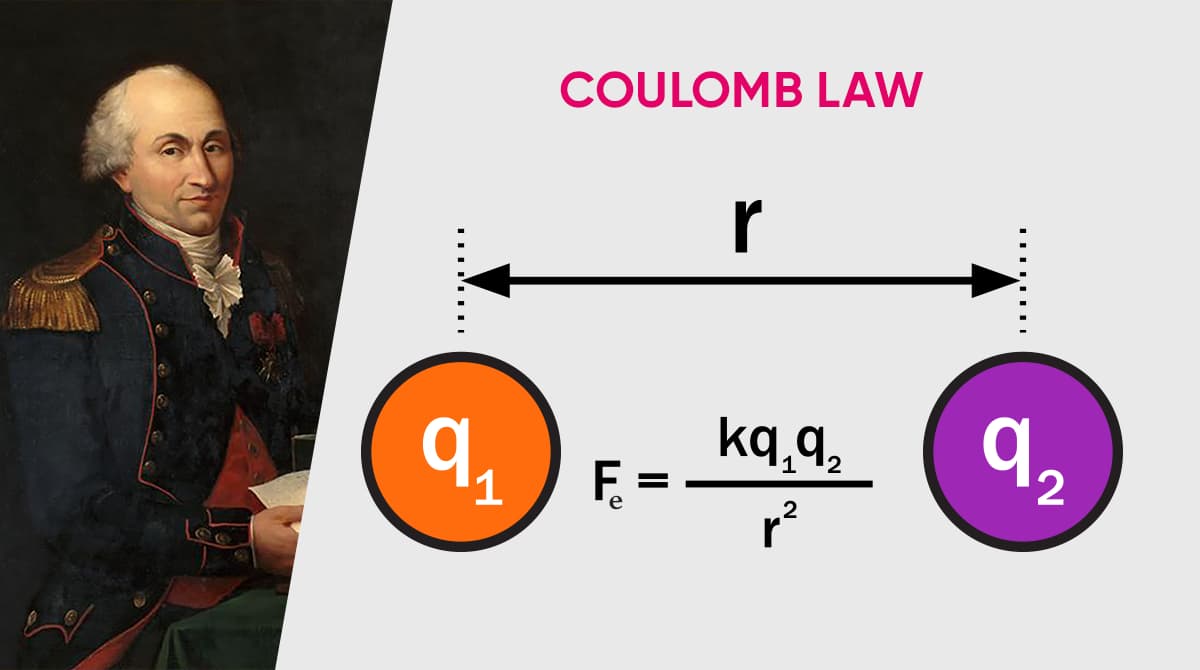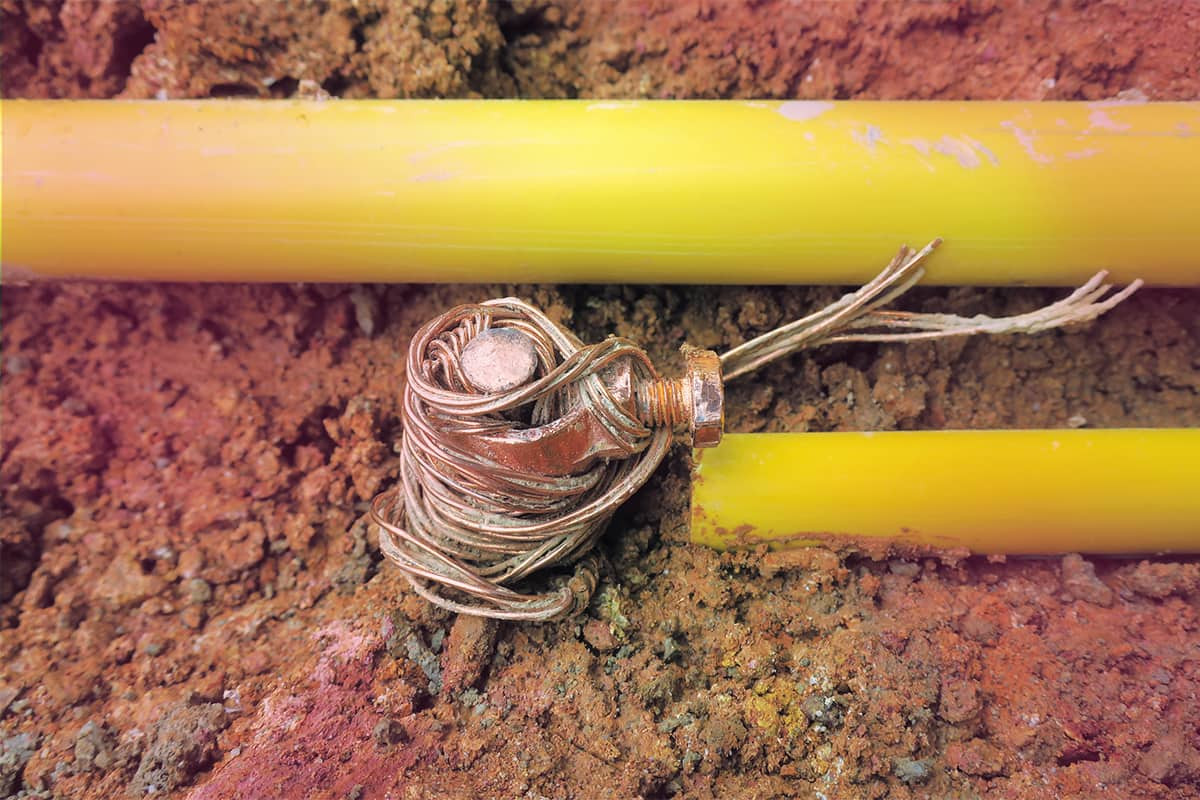
What is Static Electricity? How is it Formed?
What is in this article?
Static electricity manifests itself when a substance or object acquires either a positive or negative charge. This natural manifestation of electrical phenomena arises as a consequence of diverse interactions within the physical realm.
In everyday existence, one encounters numerous manifestations of static electricity, such as the lifting of one's hair and the audible crackle accompanying the removal of a woolen sweater, the slight tingling sensation experienced when one touches a metal window frame after traversing a carpeted floor, and the awe-inspiring spectacle of lightning, all attributed to the presence of static electricity.
To delve deeper into the intricacies of static electricity, its origins, mechanisms, and potential ramifications, a tailored article awaits your perusal below.
What, Precisely, Constitutes Static Electricity?
Static electricity is the form of energy engendered through the contact and subsequent separation of two distinct substances or objects. This enigmatic phenomenon exhibits momentary presence upon metallic surfaces but assumes enduring residence upon insulators.
Static electricity, in essence, represents the perturbation of electric charges within or upon the surface of a material, resulting in an incongruity. The electric charge thus generated remains steadfastly immobile until ushered away by the intervention of an electric current or the occurrence of an electrical discharge. This peculiar form of electrical energy emerges as a consequence of the interplay between disparate materials of varying composition. Concurrently, for the inception of static electricity, one of the contacting surfaces must evince a pronounced resistance to the flow of electric current.
Amidst the nexus of two bodies characterized by divergent electric potentials, electrons undertake a transitory migration from one substance to the other. Consequently, an excessive positive charge lingers upon one substance, while an equivalent negative charge remains imprinted upon the other, thereby establishing an electrifying equilibrium. Upon the physical separation of these substances, the distribution of charges ensues in disparate proportions. This intricate process ultimately begets the emergence of static electricity.
How, and for What Reasons, Does the Enigma of Static Electricity Come into Existence?
Static electricity, in its essence, represents the perturbation and electrification of positive and negative charges within substances, resulting from the forces of friction or a multitude of causative factors. The dynamic interplay of positively and negatively charged electrons unfurls as an aftermath of contact, separation, or friction between substances, irrespective of their identical or disparate nature, and whether they serve as insulators or conductors. This transformative sequence of events culminates in the genesis of static electricity.

Static electricity generated within the human body is discharged when interacting with synthetic and plastic items. Notably, materials such as nylon, synthetic fabrics, and woolen garments, as well as plastic flooring and coverings, provide fertile grounds for the accumulation of static electricity, for they remain inextricably linked with the terrestrial soil.
Consequently, the electric potential stored within items crafted from these materials finds abrupt discharge when encountering electronic devices or surfaces of metallic composition, leading to electrifying moments. An intriguing facet of static electricity pertains to its non-accumulative nature within the human physiology, thus rendering the spontaneous release thereof conducive to overall health and well-being.
 Coulomb's Law, a fundamental principle intimately linked with static electricity, provides the means to calculate the electric force that manifests between two stationary charges.
Coulomb's Law, a fundamental principle intimately linked with static electricity, provides the means to calculate the electric force that manifests between two stationary charges.
The annals of scientific history bear witness to the indelible contribution of the French physicist Charles Augustin De Coulomb, who, in the year 1785, bestowed upon the world this profound law, bearing his own name.
This venerable law, endowed with remarkable utility, facilitates the estimation of the electrostatic forces of attraction or repulsion between two particles, contingent upon the nature of their electric charges and the interposing distance.
The prerequisites for Coulomb's Law to hold sway involve the stipulation that the charges in question remain immobile and traverse their spatial confines at a sedate pace. Within the annals of electrical science, this law occupies a position of paramount significance, revolutionizing our comprehension of the intricate interplay of electric forces between charged entities.
What, Then, Are the Three Primary Catalysts Behind the Genesis of Static Electricity?
To unravel the enigma of static electricity, one must consider three pivotal factors. In the quest for a clearer understanding of this subject, these critical elements are succinctly explained below:
- Induction: Static electricity has the potential to arise when moving materials find themselves subjected to a potent electric field during the production phase. Loads are displaced without direct contact with each other. In a charged object, the presence of electric charges generates an electric field, which, in turn, exerts its influence on the charges within a second object.
- Friction: It underpins the essence of static electricity. When two substances undergo frictional contact, electrons residing on their surfaces may be exchanged, resulting in the electric charge of one side. The velocity of this frictional interaction, coupled with the heat generated and the rate of electron exchange, directly influences the magnitude of the charge accrued. In this intricate dance of charges, the positively charged side seeks to relinquish its surplus electrons, thereby acquiring a positive charge, while the negatively charged side seeks to acquire electrons, thus attaining a negative charge. Instances of substances exhibiting positive charges encompass air, human skin, cotton, paper, and the like, whereas materials displaying negative charges include gold, silver, nickel, brass, and their kin.
- Dissociation: When two substances come into contact, their surface electrons remain in close proximity to each other. However, through a process of dissociation, there is a propensity for these electrons to migrate toward a single substance. The swiftness with which this dissociation occurs correlates directly with the magnitude of the resulting charge.
The primary determinants influencing the phenomenon of static electricity are the properties of matter, ambient humidity, temperature, and the so-called battery effect. The battery effect is the process of storing static electricity and subsequently releasing it when it encounters a conducive environment. Given this scenario, it is prudent to implement precautionary measures tailored to the specific nature of the undertaken work in order to mitigate potential risks effectively.
Is Static Electricity Harmful?
While static electricity is commonly perceived as an invisible and innocuous force, it possesses attributes that, upon contact following charging, can inflict significant harm.
These detrimental consequences can be enumerated in seven categories:
- Static electricity can induce tension, restlessness, and nervous sensations within the human body.

- Electronic devices may succumb to malfunction when subjected to static electricity.
- Perhaps most critically, static electricity bears the potential for triggering explosions in the presence of gas and fuel vapors within the atmosphere.
- Severe burns can result from human contact with static discharges.
- Information systems experience disruptions, including alterations to current cycles, rendering them temporarily unusable.
- In industrial production settings, static electricity can lead to the repulsion and disintegration of paper and fabric materials. Conversely, it can attract and mix these same materials, causing disruptions in the production process. Automation systems may suffer operational impairments due to the interference of static electricity.
- The influence of static electricity extends even to low-voltage circuit elements, where it can render circuits nonfunctional.
Thankfully, various methods and systems exist to safeguard against the detrimental effects of static electricity. Employing such measures serves to prevent adverse impacts on both individuals and electronic devices.
How to Discharge Static Electricity
Multiple options are available to preempt the formation of static electricity. One primary strategy entails the use of materials engineered to be anti-static, featuring plastic components imbued with carbon to mitigate static buildup. This effectively thwarts the development of static electricity. By employing a variety of products such as anti-static gloves, clothing, and mats, workplaces can be rendered secure. Consequently, the need to discharge static electricity is obviated.
It is worth noting that a static electricity spark has the potential to attain voltages of up to 3,000 volts. Grounding stands as one of the methodologies devised to safeguard against the deleterious consequences of such situations. The grounding mechanism serves as a conduit for channeling accumulated electricity into the Earth, mitigating the risk of explosions and other hazards.
Remarkably, the raw power of a lightning strike can soar to a staggering 3 million volts, delivered in less than a single second. Moreover, lightning bolts can span up to 9 kilometers in length and exert their influence over an area encompassing 15 square kilometers. Lightning rods find application in structures primarily composed of metal or in towering edifices to shield against the immense destructive potential of lightning strikes and to preclude the accumulation of static electricity. Through this means, it becomes possible to dissipate the adverse effects of lightning by safely directing the electrical energy into the ground.
The use of static discharge rods in the wings of aircraft holds significant importance in the dissipation of static electricity and the maintenance of flight safety. In the course of flight, the frictional interaction of lightning with elements like snow, hail, dust, or ice can lead to the transformation of electrical energy into static electricity. Employing strategically positioned pointed metal protrusions on aircraft wings offers an effective means to avert potentially hazardous electrical discharges.
Once an electric charge accumulates within the body, it necessitates discharge through various methods.
- Taking a bath serves as an illustrative example, as the water serves to wash away the accumulated static electricity, inducing a sense of relaxation.
- Stepping on soil, which involves direct contact with the Earth's surface, stands out as the most commonplace method. Individuals who frequently encounter static electricity, particularly within their occupational settings, can discharge excess charge by walking barefoot on the ground once or twice a week.
- While complete avoidance of electronic devices may be impractical, it is advisable to minimize close proximity to cell phones and computers for the sake of health.
- Another effective method of discharging static electricity entails touching metal materials.
- Depending on the characteristics of the workplace, individuals may opt to wear shoes with plastic soles as a preventive measure against static electricity. Mitigating risky situations is also feasible through the selection of appropriate clothing and accessories.

Related Article

What is Electrical Grounding?
10 Practical Examples of Static Electricity
Static electricity is the energy released during the friction or separation of two substances. Everyday life is replete with occurrences that facilitate the comprehension of static electricity. To gain a more lucid understanding of this subject, check out the following illustrative examples:
- The Comb: The employment of a comb as an experiment in static electricity serves as an experience familiar to many from their early school days. To induce electrification by mere touch, one need only run a plastic comb through their hair and then place it near small pieces of paper. Thanks to the alluring force of static electricity, these bits of paper ascend against the pull of gravity.
- The Carpet: The majority of household carpets are crafted from nylon-based materials. Consequently, when one grasps a metal door handle after traversing a carpeted surface, they may experience electrification. The static charge accumulated within the body is discharged onto the metal object, occasionally resulting in an uncomfortable jolt or even the appearance of minor sparks.
- Nylon Clothing: Have you ever wondered why static electricity tends to accumulate when donning garments during the winter months? This phenomenon is attributable to the friction between clothing made of nylon and the skin. The audible crackling sound you perceive while changing attire is a manifestation of the amassed electrostatic forces at play.
- Drying Machine: Items fashioned from synthetic fabrics possess a notable affinity for retaining electrons. Garments circulating within a dry air environment during the drying cycle accumulate static charge within the machine. Consequently, this is why clothes tend to cling together when removed from the dryer.
- Television Screen: You may have observed that dust particles swiftly reappear moments after cleaning your TV screen. This recurrent phenomenon results from the electrostatic interaction between the dust and the screen surface. To experience this force firsthand, simply position your hand in proximity to the television screen.
- Heating Systems: Heating systems, employed to counter the chill of wintry air, inadvertently foster an environment conducive to static electricity buildup. The implementation of air humidifiers serves as an effective remedy to counteract this occurrence.
- Automobiles, and Trucks: Vehicles transporting flammable substances like gasoline and propane become charged with static electricity as they move through dry air. To avert potentially hazardous consequences, vehicles are equipped with grounding tow chains. These chains establish a connection between the vehicle and the ground, effectively preventing the accumulation of static charge.
- Spray Paint: At the front of a spray gun, there exists a high-voltage grid. This grid carries a positive charge, while the object slated for painting acquires a negative charge. The positively charged paint droplets are irresistibly drawn toward the negatively charged object, resulting in a smooth and even surface finish.
- Sandpaper Production: In the manufacturing process of sandpaper, the top surface of the paper, as it moves along the conveyor, becomes negatively charged and is coated with adhesive. Positively charged abrasive particles are introduced through the nozzle. These particles, possessing a negative charge on the paper, amalgamate, resulting in a neutral state. Thanks to the influence of static electricity, the paper and sanding dust become inextricably bound.
- Lightning: Lightning serves as an exemplar of the potential of static electricity in the natural world. Clouds laden with moisture amass static electricity charges. In the same cloud, larger water droplets may carry a positive charge, while smaller droplets bear a negative charge. Lightning may subsequently traverse between clouds, from cloud to ground, or from ground to cloud. Although the perception is often that lightning travels from the cloud to the ground, in reality, it involves the flow of charge from the ground to the cloud.

If you have personal experiences or encounters with static electricity that you'd like to share or discuss, please feel free to share them in the comments.

 Online Services
Online Services Application Inquiry
Application Inquiry Pay Assurance Fee
Pay Assurance Fee Query Installation Number
Query Installation Number Compensation Fee Inquiry
Compensation Fee Inquiry Automatic Payment Order Inquiry
Automatic Payment Order Inquiry Partnership
Partnership






Leave a Comment